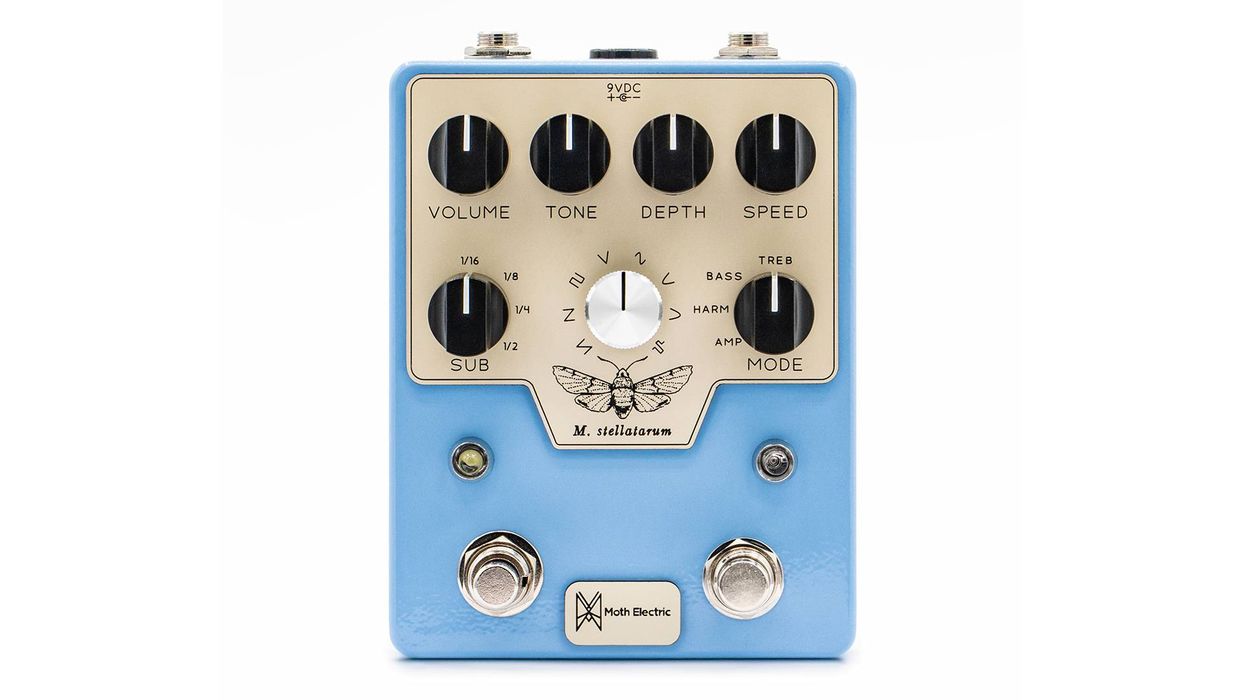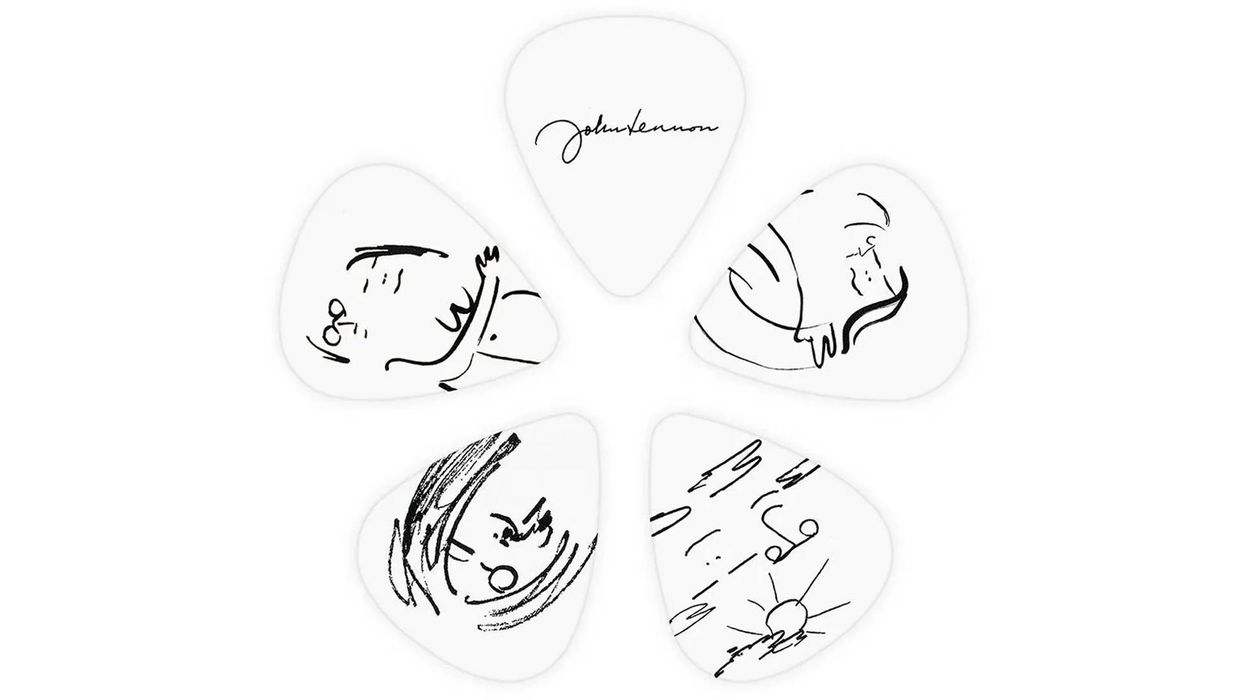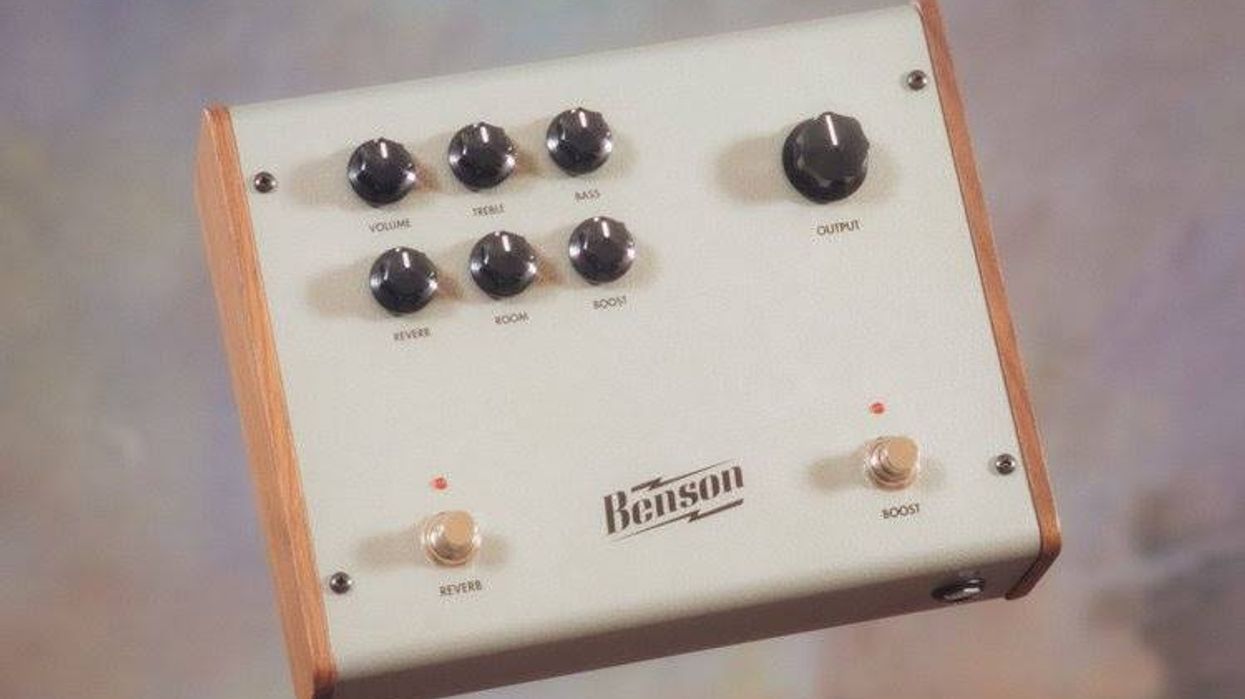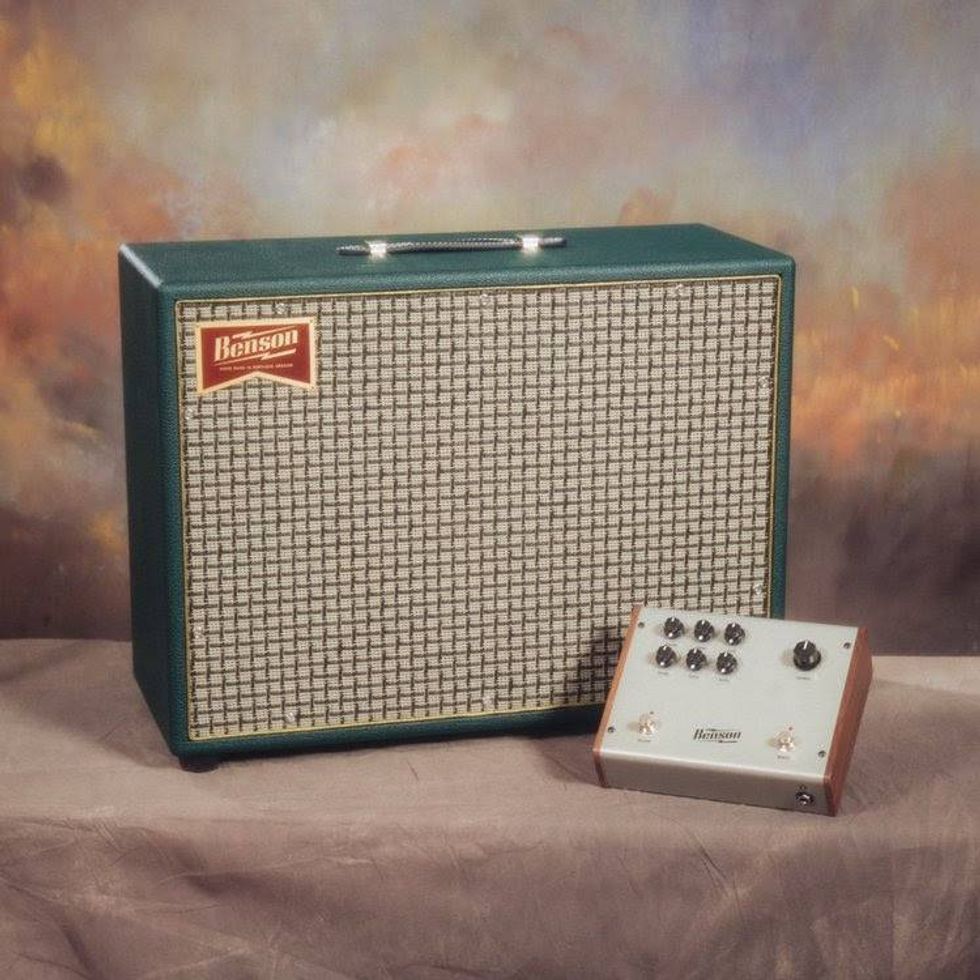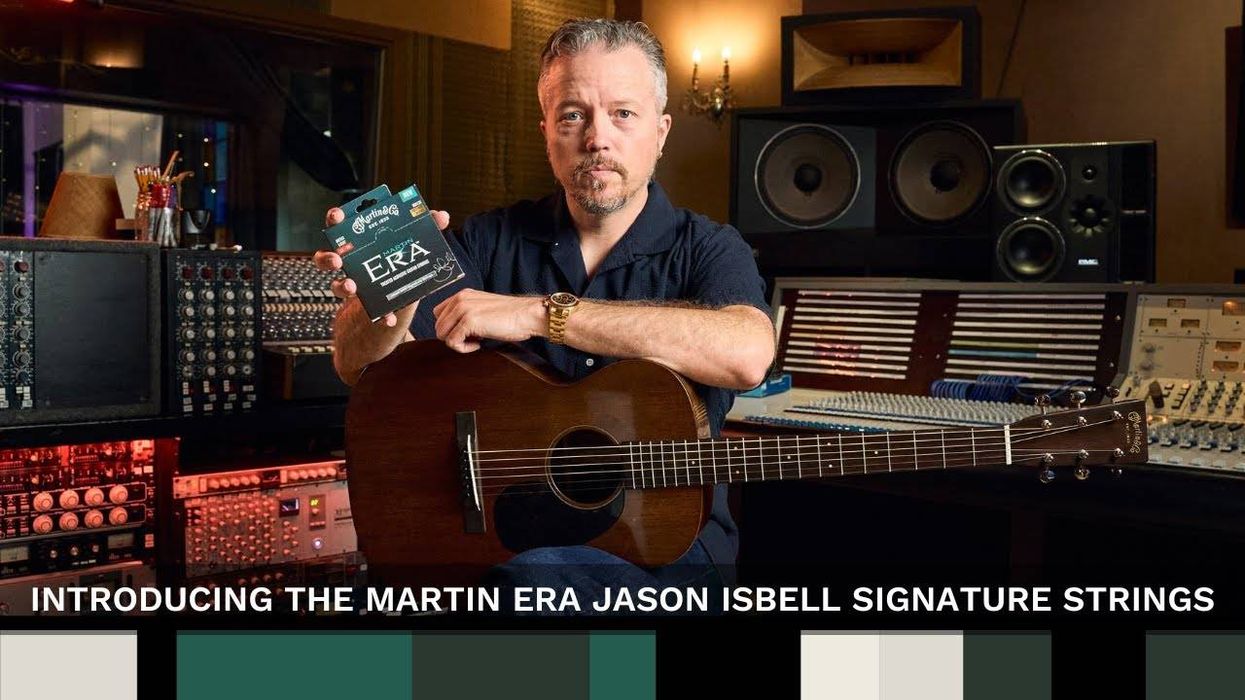The new documentary Road Diary will offer unprecedented access to Bruce Springsteen and the E Street Band's 2023-2024 world tour. Coming to Hulu and Disney+ in October.
Springsteen and The E Street Band offer the most in-depth look ever at the creation of their legendary live performances in the new documentary featuring unprecedented, behind-the-scenes access to their 2023-2024 world tour. “Road Diary: Bruce Springsteen and The E Street Band” opens a new door to Springsteen’s creative process for fans around the world, sharing fly-on-the-wall footage of band rehearsals and special moments backstage - as well as hearing from Springsteen himself.
These conversations follow Springsteen closely as he develops the story he wants to tell with this tour’s setlist - interspersed with rare archival clips of The E Street Band, underscoring themes of life, loss, mortality and community. In this way, it serves as an essential and never-before-seen chapter in an autobiographical series spanning Springsteen’s memoir “Born to Run,” “Springsteen on Broadway,” and the films “Western Stars” and “Letter to You.”
The film was directed by Springsteen’s longtime collaborator, Emmy and GRAMMY Award winner Thom Zimny (“Western Stars,” “The Gift: The Journey of Johnny Cash,” “Springsteen on Broadway,” “Willie Nelson & Family,” “Sly”), and produced by Zimny, Jon Landau, Bruce Springsteen, Adrienne Gerard and Sean Stuart. The film begins with a one-of-a-kind look at the band’s preparation process, following them from their earliest rehearsals in Red Bank, New Jersey, to performances for tens-of-thousands across continents. All the while, fans get the chance to experience professionally shot footage from the 2023-2024 tour for the first time ever - in addition to hearing firsthand from band members about performing on stage with Springsteen and how they keep the magic of The E Street Band as potent as ever.
Bruce Springsteen and The E Street Band capped the first 2024 leg of their world tour in April; a cross-country U.S. run that brought surprise guests, blistering three-hour shows and setlist rarities (totaling 60 different songs through 11 performances). The band is in the midst of playing 25 shows throughout Europe this spring and summer - after last year’s European tour sold 1.6 million tickets - and will return to North America for more dates from August through late November.
For more information, please visit brucespringsteen.net.
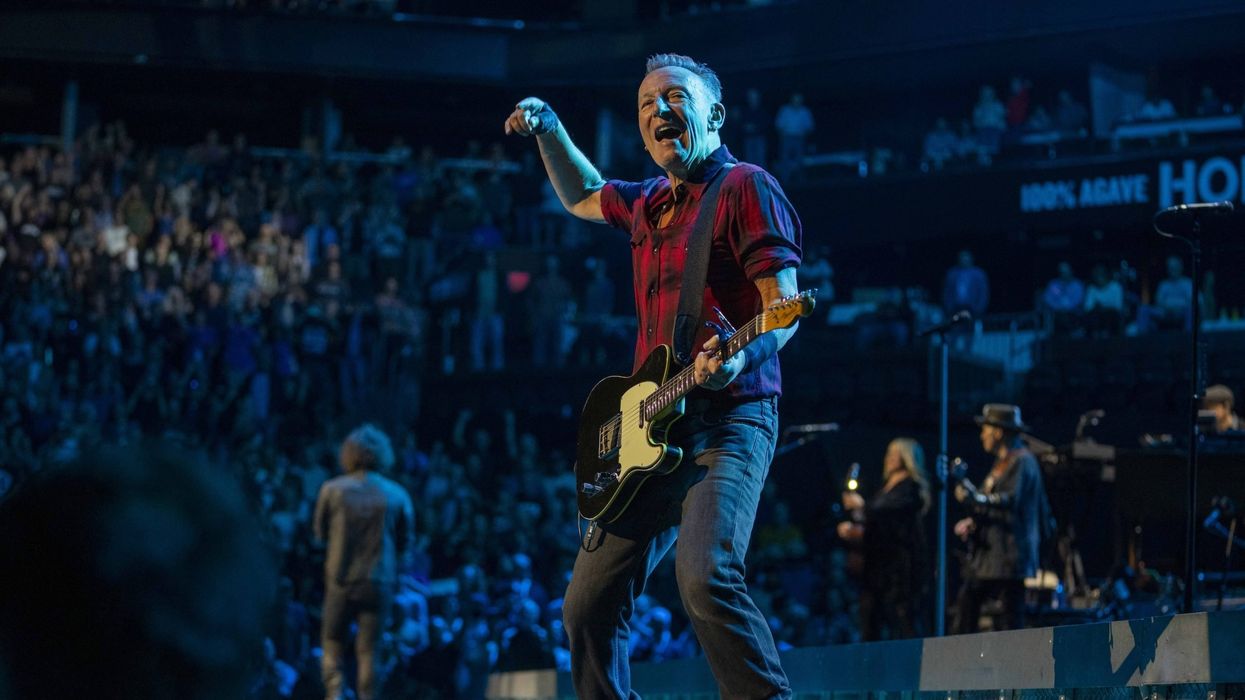

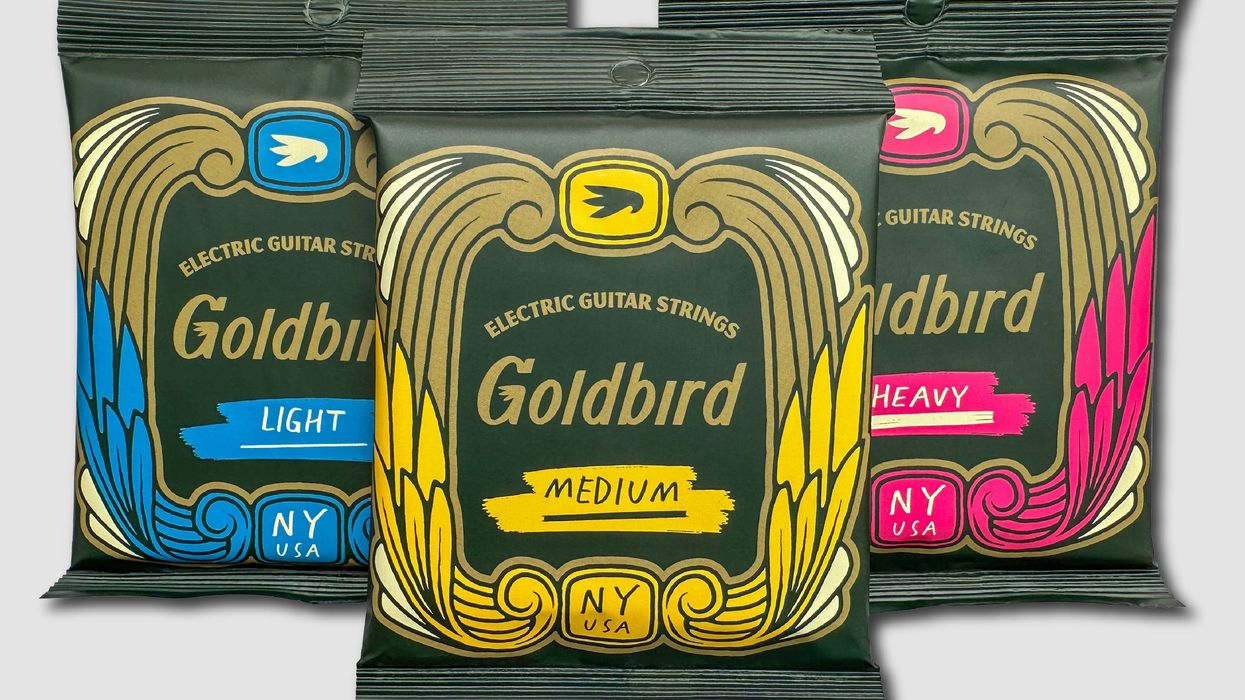
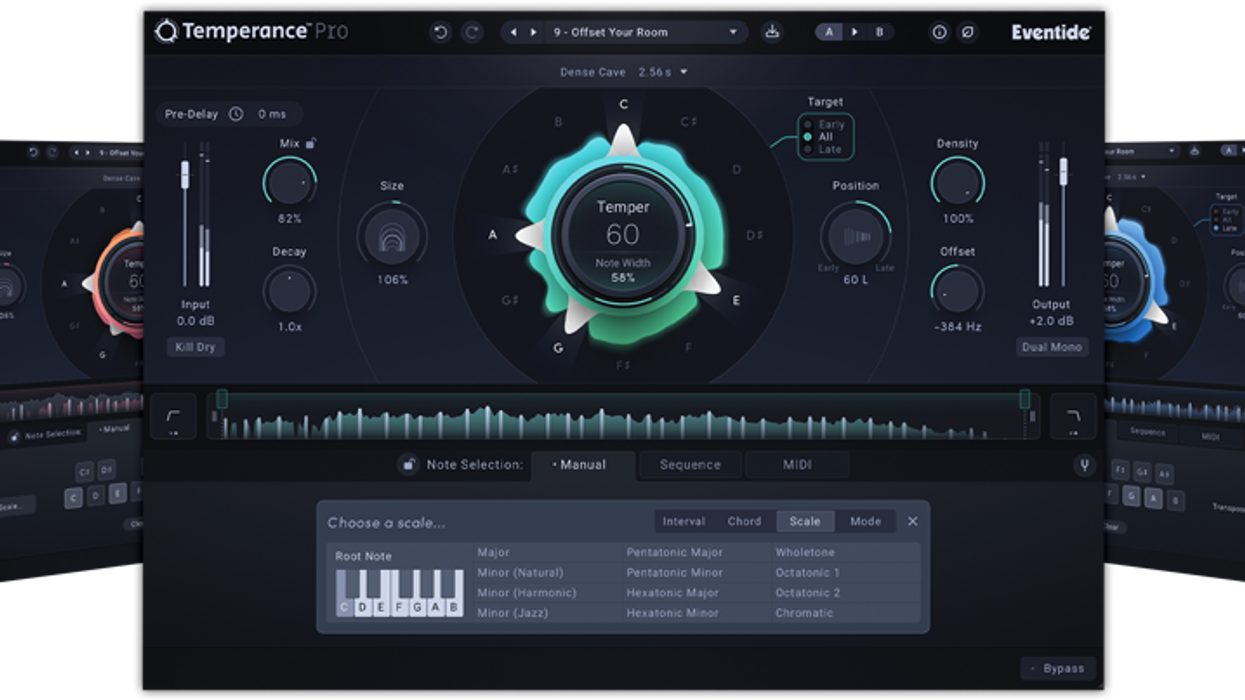
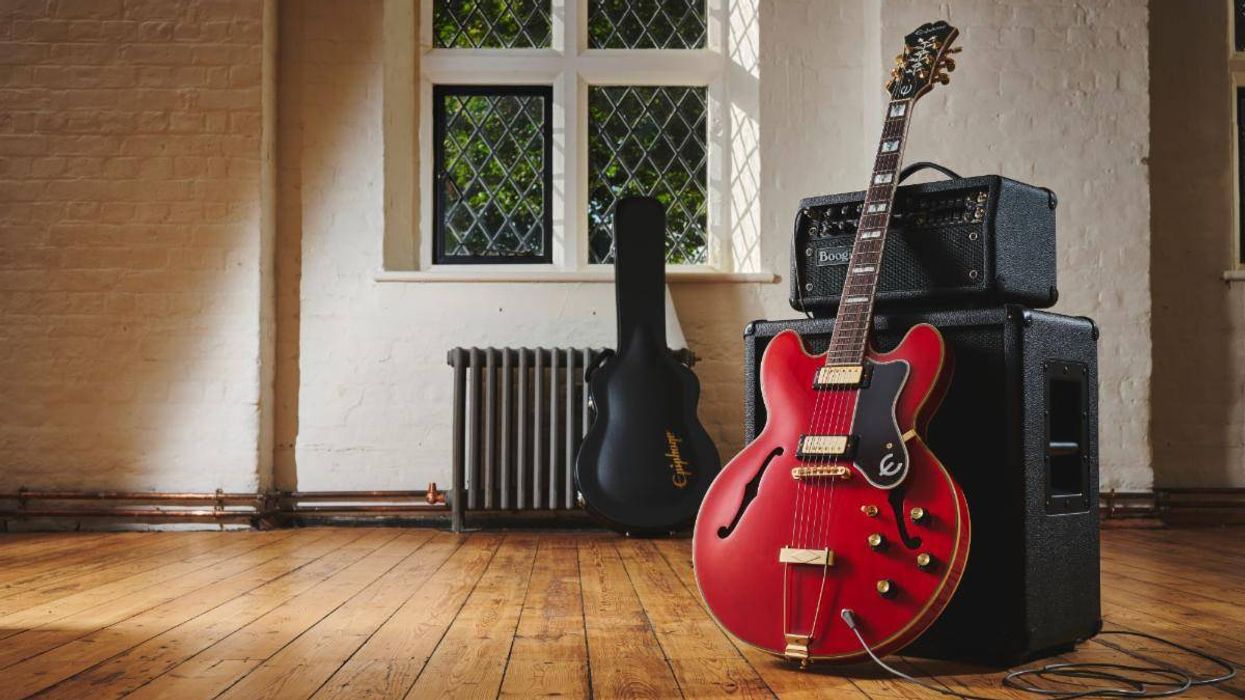

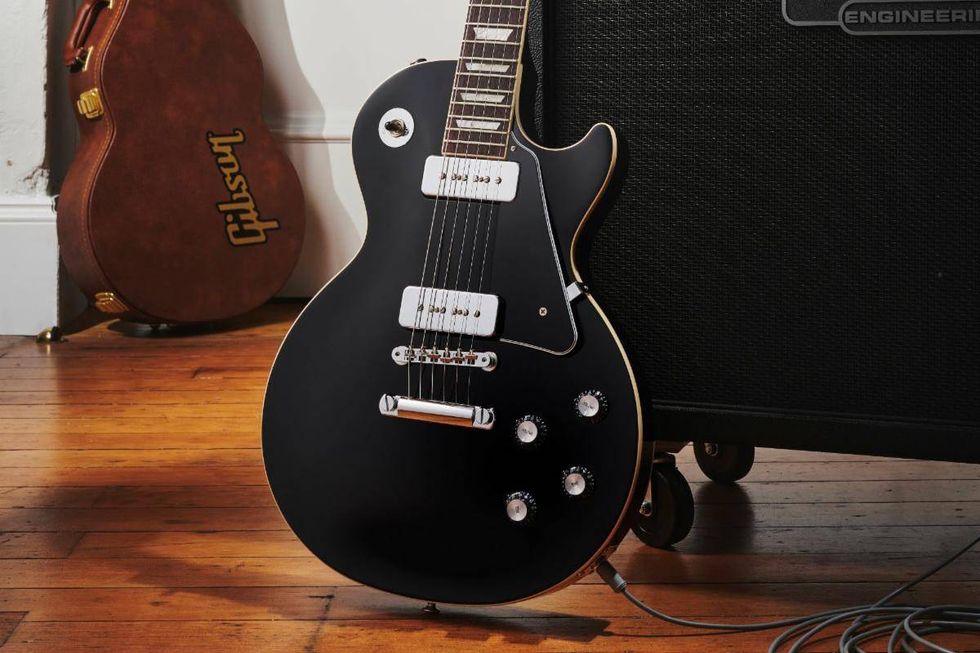
![Devon Eisenbarger [Katy Perry] Rig Rundown](https://www.premierguitar.com/media-library/youtube.jpg?id=61774583&width=1245&height=700&quality=70&coordinates=0%2C0%2C0%2C0)





